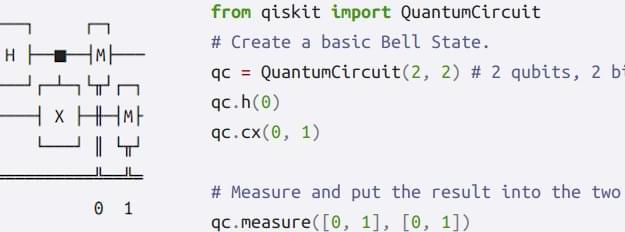While it’s difficult to put something as vast, conceptual, and, frankly still emerging as the metaverse in quantifiable terms, Jon Radoff breaks it down logically and thoroughly.
When it comes to describing the metaverse, definitions and opinions abound. And while it’s difficult to put something as vast, conceptual, and, frankly, still emerging as the metaverse into quantifiable terms, Jon Radoff, entrepreneur, author and game designer, breaks it down logically and thoroughly in Measuring the Metaverse. He moves up the value chain from infrastructure at the bottom to experience at the top, stopping at human interface, decentralization, spatial computing, creator economy, and discovery along the way.
A common framework is necessary in Radoff’s view of the metaverse. He writes, “And while there will be many proprietary (and very fun) theme parks in the metaverse, I’m even more excited by the opportunity in the Switzerlands: a metaverse powered by a robust creator-economy enabled through decentralization.”
This, of course, isn’t the first seven-layer model to lay out a critical framework. The IT world has long adhered to the seven layers of the OSI Model to organize networking functions into a universal set of rules and requirements to support interoperability among different products and software. Perhaps Radoff’s seven-layer model will become a similar conceptual framework for the metaverse.









